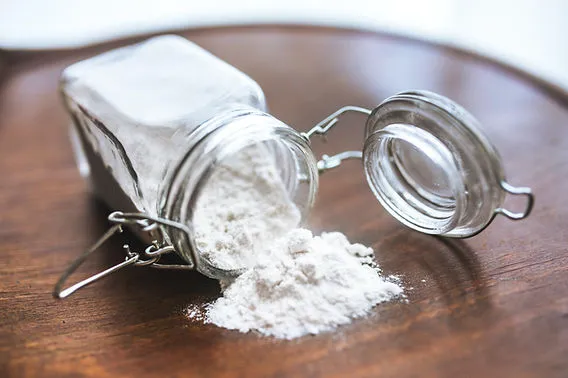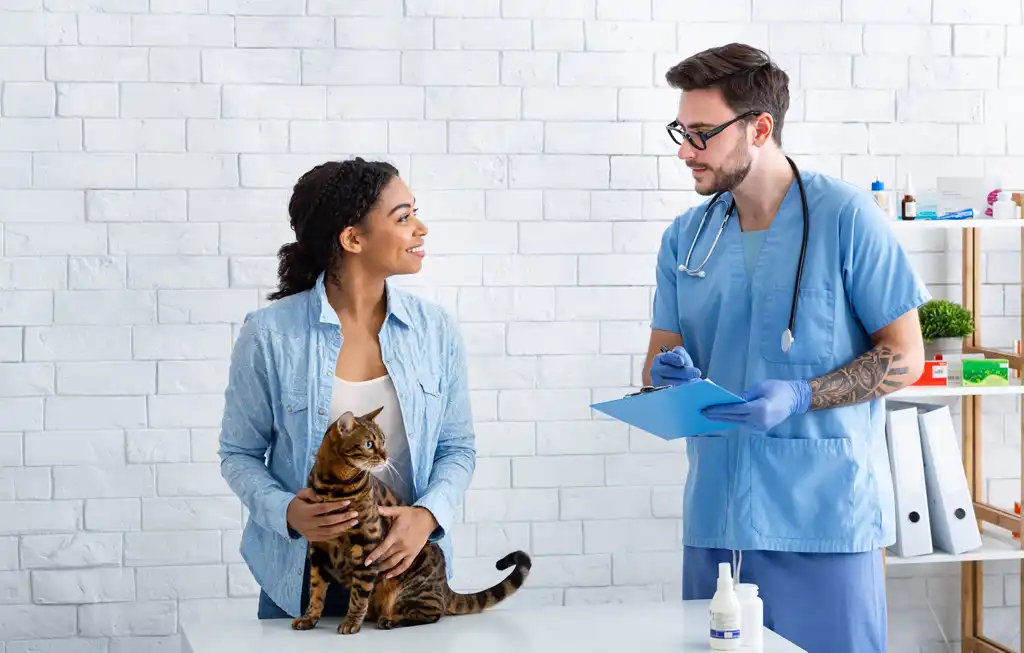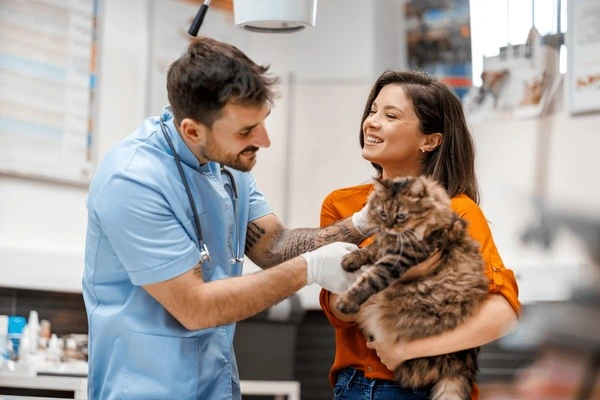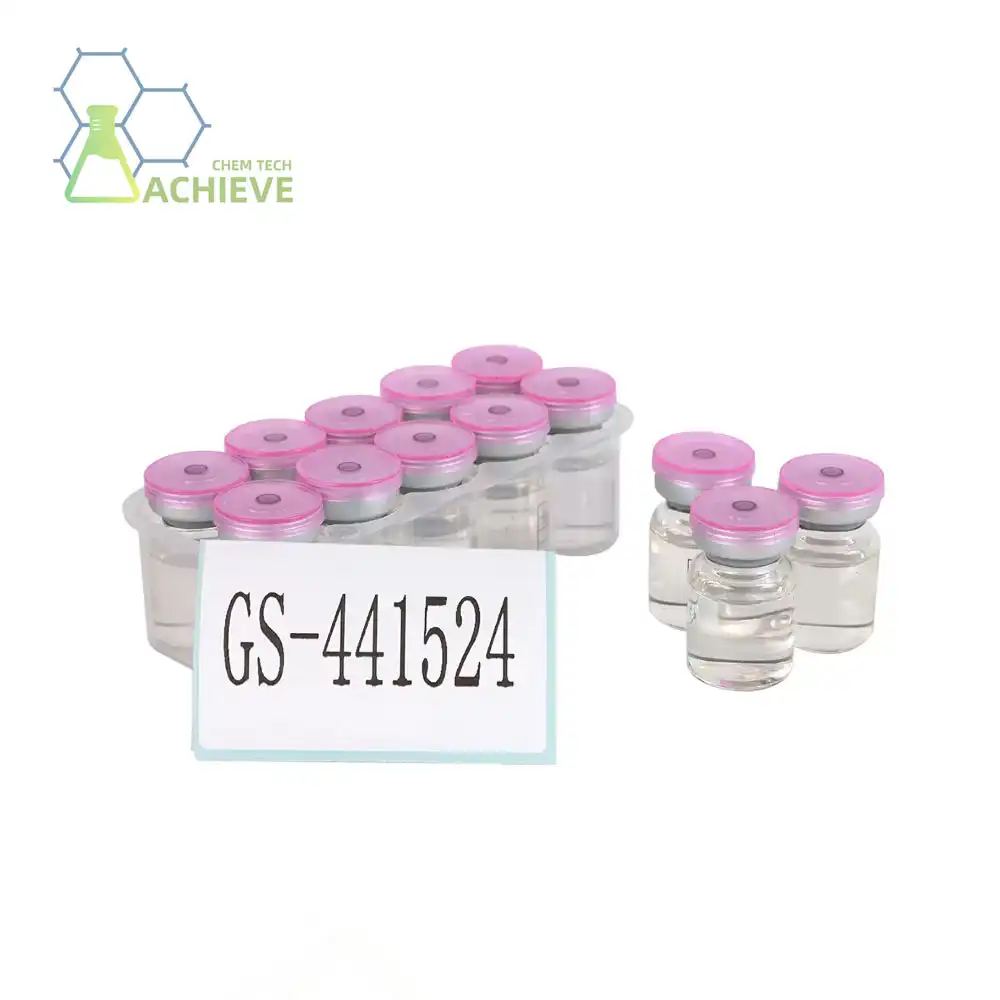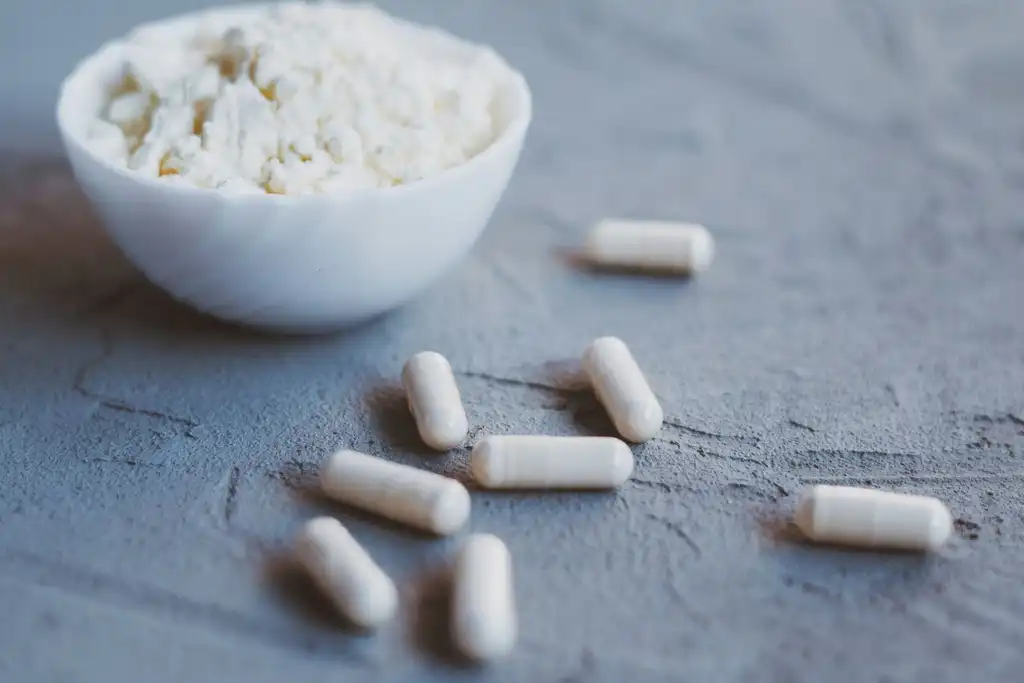How will my veterinarian monitor my cat’s FIP treatment?
Feline Infectious Peritonitis (FIP) is a devastating disease that has long been considered fatal for cats. However, with the advent of promising treatments like GS 441524 powder, many cats are now surviving this once-terminal illness. As a pet owner, understanding how your veterinarian will monitor your cat's FIP treatment is crucial for ensuring the best possible outcome. This article will delve into the essential aspects of monitoring FIP treatment, focusing on the use of GS 441524 and how veterinarians track progress throughout the therapy.
We provide GS 441524 Powder CAS 1191237-69-0, please refer to the following website for detailed specifications and product information.
|
|
|
Essential blood tests during GS 441524 therapy
Regular blood tests are a cornerstone of monitoring FIP treatment. These tests provide valuable insights into your cat's overall health and how well they're responding to the medication. During GS 441524 powder therapy, your veterinarian will typically perform the following blood tests:
- Complete Blood Count (CBC): This test evaluates the levels of red blood cells, white blood cells, and platelets. In cats with FIP, anemia (low red blood cell count) and elevated white blood cell counts are common. As treatment progresses, these values should normalize.
- Serum Chemistry Panel: This comprehensive test assesses various organ functions and includes measurements of: Total Protein: Often elevated in FIP cases due to inflammation. Albumin: This may be low in FIP cats. Globulin: Typically high in FIP cases. Albumin to Globulin (A: G) Ratio: This ratio is often low in FIP and should increase with successful treatment
- Liver Enzymes: Elevated liver enzymes are common in FIP and should decrease with effective treatment
- Kidney Values: To ensure the kidneys are functioning properly and not being adversely affected by the medication
Your veterinarian will likely recommend these tests at the onset of treatment and then every 4 weeks thereafter. The frequency may be adjusted based on your cat's individual needs and response to treatment. Some veterinarians may also use graphs to track these values over time, providing a visual representation of your cat's progress.
Monitoring weight and appetite: Key indicators of progress
While blood tests provide objective data, monitoring your cat's weight and appetite offers crucial insights into their overall well-being and response to treatment. These factors are particularly important when using FIP pills for cats or other forms of GS-441524.
Weight monitoring:
- Regular weigh-ins: Your veterinarian will likely recommend weekly weight checks during treatment. This helps track progress and allows for timely adjustments to the medication dosage if needed.
- Significant weight gain: Many cats, especially those who were severely affected by FIP, may experience substantial weight gain during treatment. Some young or particularly wasted cats may even double their weight throughout therapy.
- Weight loss concerns: Initial weight loss at the start of treatment may occur but should not be a cause for immediate alarm. However, persistent weight loss or failure to gain weight during treatment could be a sign that the therapy needs adjustment.
Appetite assessment:
- Improved appetite: As cats begin to respond to GS-441524 treatment, their appetite often improves significantly. This is an encouraging sign of progress.
- Tracking food intake: Pet owners are often asked to monitor and record their cat's daily food intake. This information helps veterinarians assess the cat's overall response to treatment.
- Quality of life indicator: A cat's willingness to eat and enjoyment of food is not just about nutrition—it's also an important indicator of their quality of life and how they're feeling overall.
Veterinarians may ask you to keep a daily or weekly log of your cat's weight, appetite, activity levels, and any observed clinical signs. This detailed information can be invaluable in assessing the effectiveness of the treatment and making necessary adjustments.
|
|
|
Adjusting GS 441524 treatment based on monitoring results
The monitoring process is not just about collecting data—it's about using that information to optimize your cat's treatment. Your veterinarian will use the results from blood tests, weight checks, and your observations to make informed decisions about adjusting the GS 441524 powder therapy.
Dosage adjustments:
- Initial dosing: The starting dose of GS 441524 is typically based on the cat's weight and the form of FIP (wet, dry, or neurological). For cats with wet or dry FIP without ocular or neurological signs, the initial dose is usually 4-6 mg/kg daily.
- Increasing dosage: If blood tests show slow improvement, or if clinical signs persist, your veterinarian may decide to increase the dosage. Increases are typically in the range of 2-5 mg/kg daily.
- Duration of treatment: While the standard treatment period is 12 weeks, some cats may require longer treatment based on their response. Your veterinarian will use monitoring results to determine when it's safe to stop treatment.
Addressing complications:
- Ocular or neurological involvement: If a cat develops eye or neurological symptoms during treatment, the dosage may need to be increased significantly, potentially up to 10 mg/kg daily.
- Injection site issues: For cats receiving injectable GS 441524, your veterinarian will monitor for and address any injection site sores or reactions.
- Drug resistance: In some cases, particularly with neurological FIP, cats may develop partial drug resistance. This requires careful monitoring and potential dosage increases.
Treatment response timeline:
- Rapid initial response: Many cats show improvement within 24-72 hours of starting treatment.
- Normalization of blood values: Critical blood values often normalize around 8-10 weeks into treatment for cats responding well to therapy.
- Activity level increase: An unexpected surge in activity levels often occurs as cats approach the end of successful treatment.
It's important to note that while GS-441524 has shown remarkable success in treating FIP, with cure rates estimated at over 80%, treatment failures can occur. These may be due to misdiagnosis, inadequate dosing, complicating conditions, or drug resistance. Your veterinarian will work closely with you to navigate these challenges if they arise.
Conclusion
Monitoring your cat's FIP treatment is a collaborative effort between you and your veterinarian. Regular blood tests, weight checks, and careful observation of your cat's behavior and symptoms all play crucial roles in ensuring the best possible outcome. By staying vigilant and communicating openly with your veterinarian, you can maximize the chances of successful treatment and give your cat the best opportunity to overcome FIP.
For pharmaceutical companies and research institutions looking to advance FIP treatment options, Shaanxi BLOOM TECH Co., Ltd offers high-quality GS 441524 powder and other specialized chemical products. With our state-of-the-art GMP-certified production facilities and expertise in various reaction and purification techniques, we're committed to supporting the development of innovative treatments for feline diseases. To learn more about our products and how we can support your research or production needs, please contact us at Sales@bloomtechz.com. Together, we can work towards better outcomes for cats affected by FIP and other challenging conditions.
References
1. Addie, D. D., & Jarrett, O. (2006). Feline coronavirus infections. In C. E. Greene (Ed.), Infectious diseases of the dog and cat (3rd ed., pp. 88-102). Saunders Elsevier.
2. Pedersen, N. C., Kim, Y., Liu, H., Galasiti Kankanamalage, A. C., Eckstrand, C., Groutas, W. C., Bannasch, M., Meadows, J. M., & Chang, K. O. (2018). Efficacy of a 3C-like protease inhibitor in treating various forms of acquired feline infectious peritonitis. Journal of Feline Medicine and Surgery, 20(4), 378-392.
3. Pedersen, N. C., Perron, M., Bannasch, M., Montgomery, E., Murakami, E., Liepnieks, M., & Liu, H. (2019). Efficacy and safety of the nucleoside analog GS-441524 for treatment of cats with naturally occurring feline infectious peritonitis. Journal of Feline Medicine and Surgery, 21(4), 271-281.
4. Tasker, S. (2018). Diagnosis of feline infectious peritonitis: Update on evidence supporting available tests. Journal of Feline Medicine and Surgery, 20(3), 228-243.

Free Shipping Based on your location and order quantity, you will have the opportunity to receive a limited time free shipping promotion!

BLOOMTECHZ

